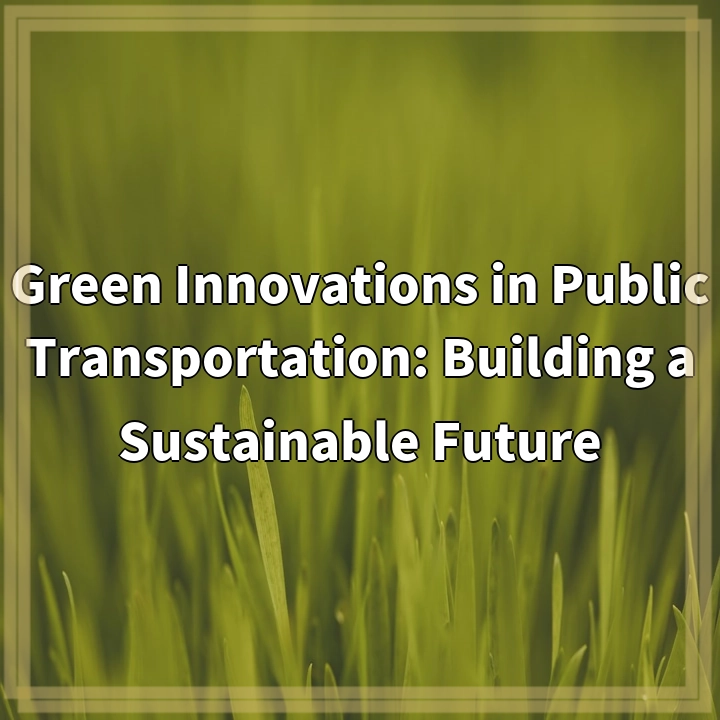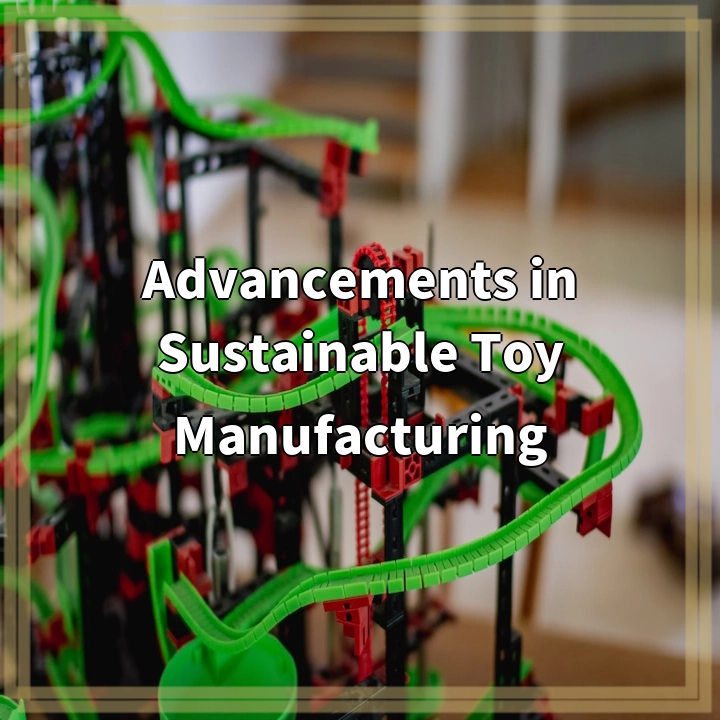
What it is:
Public transportation plays a critical role in sustainable urban development and reducing the environmental impact of transportation. However, traditional public transportation systems often rely on fossil fuels and produce harmful emissions. In response to these challenges, green innovations in public transportation have been emerging as a solution to build a sustainable future.
Real-World Problems:
1. Carbon Emissions: One of the major challenges faced by public transportation systems is the high carbon emissions resulting from the use of fossil fuels. These emissions contribute to air pollution and climate change, posing a threat to both human health and the environment.
2. Limited Resources: Traditional public transportation systems are often resource-intensive, requiring significant amounts of energy and materials. This puts strain on natural resources and contributes to ecological degradation.
3. Noise Pollution: Public transportation vehicles, particularly those running on diesel engines, can generate high levels of noise, causing disturbances to nearby residents and affecting the quality of life in urban areas.
4. Infrastructure Development: Expanding public transportation systems often require significant infrastructure development, such as the construction of new railway lines or bus stations. This can lead to habitat destruction, deforestation, and disruption of ecosystems.
5. Inefficiency and Congestion: In many cities, public transportation systems suffer from inefficiencies and congestion, leading to delays, overcrowding, and frustration among commuters. This not only affects the quality of service but also reduces the attractiveness of using public transportation as a sustainable alternative.
6. Access and Affordability: In some regions, access to public transportation may be inadequate, particularly in rural or low-income areas. Additionally, affordability can be a significant barrier for certain individuals or communities, limiting their ability to benefit from sustainable public transportation options.
7. Transitioning from Existing Systems: Implementing green innovations in public transportation often requires transitioning from existing systems, which can be challenging and costly. This includes replacing outdated vehicles and infrastructure, training personnel, and integrating new technologies.

Potential Solutions:
To address the real-world problems associated with public transportation and build a sustainable future, several innovative solutions have emerged. These solutions aim to reduce carbon emissions, improve efficiency, enhance accessibility, and promote the use of renewable energy sources.
1. Electrification of Transport:
Transitioning from fossil fuel-powered vehicles to electric vehicles (EVs) can significantly reduce carbon emissions and air pollution. By investing in the development of charging infrastructure and promoting the adoption of electric buses, trains, and trams, cities can drastically decrease their transportation-related environmental impact.
2. Renewable Energy Integration:
Incorporating renewable energy sources into public transportation systems is another solution to achieve sustainability. This can involve utilizing solar panels or wind turbines to power charging stations, implementing smart grid technologies for efficient energy management, and exploring innovative energy storage solutions for off-peak charging.
3. Improved Infrastructure and Technology:
Investing in advanced infrastructure and technology can help optimize the efficiency of public transportation systems. Intelligent transportation systems, such as real-time tracking and scheduling apps, can reduce congestion and improve commuter experience. Additionally, building dedicated bus lanes, bike lanes, and pedestrian-friendly infrastructure can encourage multimodal transportation and reduce reliance on private vehicles.
4. Sustainable Materials and Manufacturing:
Utilizing sustainable materials in the manufacturing of public transportation vehicles and infrastructure can minimize resource consumption and environmental impact. This includes using lightweight materials, such as carbon fiber, and incorporating recycled and bio-based materials in construction to reduce carbon footprint and promote circular economy practices.
5. Enhanced Planning and Integration:
Improving urban planning and integration of public transportation systems can enhance accessibility and address issues of inefficiency. This can involve designing transit-oriented developments, creating seamless intermodal connections, and implementing effective fare systems to make public transportation more attractive and affordable for all.
6. Community Engagement and Education:
Engaging the community in the planning and decision-making processes can foster a sense of ownership and support for sustainable public transportation initiatives. Education campaigns to promote the benefits of public transportation, active engagement with stakeholders, and involving local communities in the design and implementation of green transportation projects are essential for long-term success.















